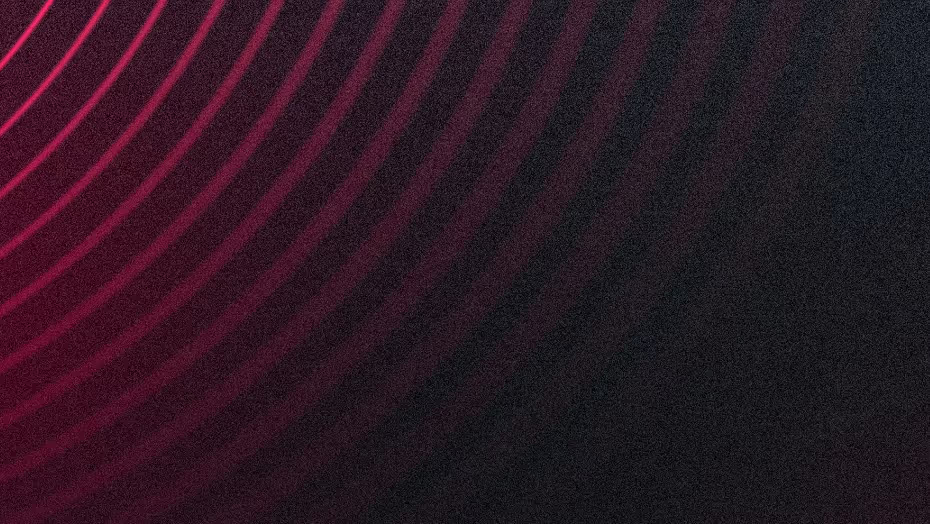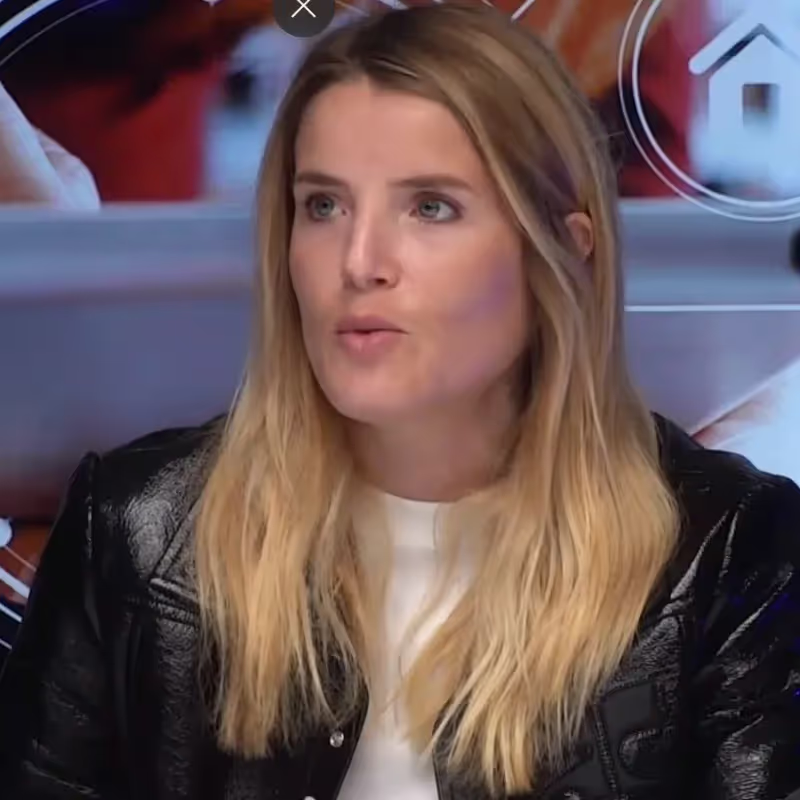Make data quality everyone’s business
Enable real-time accessibility to data quality metrics throughout the entire organization, catering to both technical and non-technical users.















Streamlined monitoring experience
- Collect assets spanning the entire data lifecycle thanks to built-in integrations
- Enable non technical users to create business-informed monitors thanks to an intuitive UI and to the Sifflet AI Assistant

Improved information accessibility
- Access assets’ health status through the Data Catalog and lineage for de-risked data self-service
- Get notified of upstream incidents directly on BI tools via a browser extension















Still have a question in mind ?
Contact Us
Frequently asked questions
When should organizations start thinking about data quality and observability?
The earlier, the better. Building good habits like CI/CD, code reviews, and clear documentation from the start helps prevent data issues down the line. Implementing telemetry instrumentation and automated data validation rules early on can significantly improve data pipeline monitoring and support long-term SLA compliance.
How does Sifflet’s observability platform help reduce alert fatigue?
We hear this a lot — too many alerts, not enough clarity. At Sifflet, we focus on intelligent alerting by combining metadata, data lineage tracking, and usage patterns to prioritize what really matters. Instead of just flagging that something broke, our platform tells you who’s affected, why it matters, and how to fix it. That means fewer false positives and more actionable insights, helping you cut through the noise and focus on what truly impacts your business.
How can I measure whether my data is trustworthy?
Great question! To measure data quality, you can track key metrics like accuracy, completeness, consistency, relevance, and freshness. These indicators help you evaluate the health of your data and are often part of a broader data observability strategy that ensures your data is reliable and ready for business use.
How does data observability improve the value of a data catalog?
Data observability enhances a data catalog by adding continuous monitoring, data lineage tracking, and real-time alerts. This means organizations can not only find their data but also trust its accuracy, freshness, and consistency. By integrating observability tools, a catalog becomes part of a dynamic system that supports SLA compliance and proactive data governance.
How has AI changed the way companies think about data quality monitoring?
AI has definitely raised the stakes. As Salma shared on the Joe Reis Show, executives are being asked to 'do AI,' but many still struggle with broken pipelines. That’s why data quality monitoring and robust data observability are now seen as prerequisites for scaling AI initiatives effectively.
How can data observability support a strong data governance strategy?
Data observability complements data governance by continuously monitoring data pipelines for issues like data drift, freshness problems, or anomalies. With an observability platform like Sifflet, teams can proactively detect and resolve data quality issues, enforce data validation rules, and gain visibility into pipeline health. This real-time insight helps governance policies work in practice, not just on paper.
How does data observability support compliance with regulations like GDPR?
Data observability plays a key role in data governance by helping teams maintain accurate documentation, monitor data flows, and quickly detect anomalies. This proactive monitoring ensures that your data stays compliant with regulations like GDPR and HIPAA, reducing the risk of costly fines and audits.
Does Sifflet support AI-driven use cases?
Yes, Sifflet leverages AI to enhance data observability with features like anomaly detection and predictive insights. This ensures your data systems remain resilient and can support advanced analytics and AI-driven initiatives. Have a look at how Sifflet is leveraging AI for better data observability here
Get in touch CTA Section
Lorem ipsum dolor sit amet, consectetur adipiscing elit, sed do eiusmod tempor incididunt ut labore et dolore magna aliqua.













-p-500.png)
